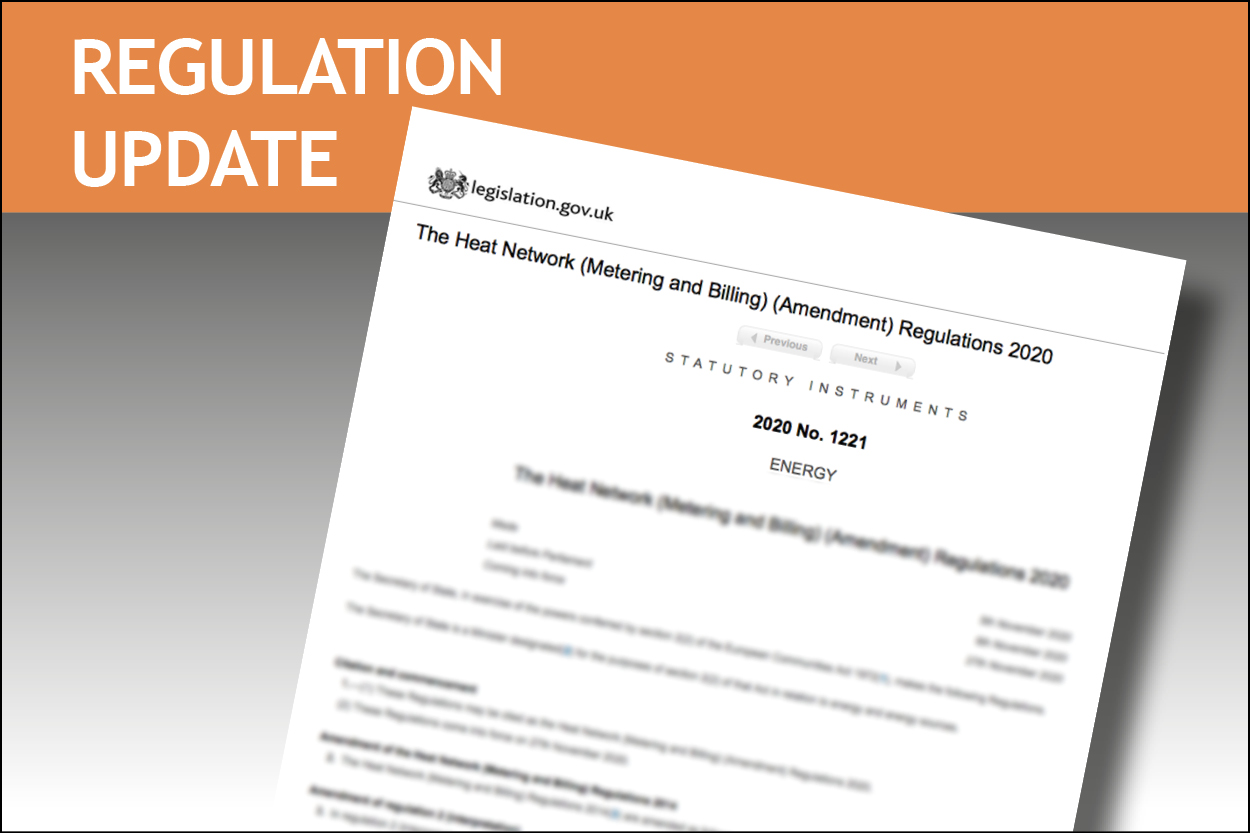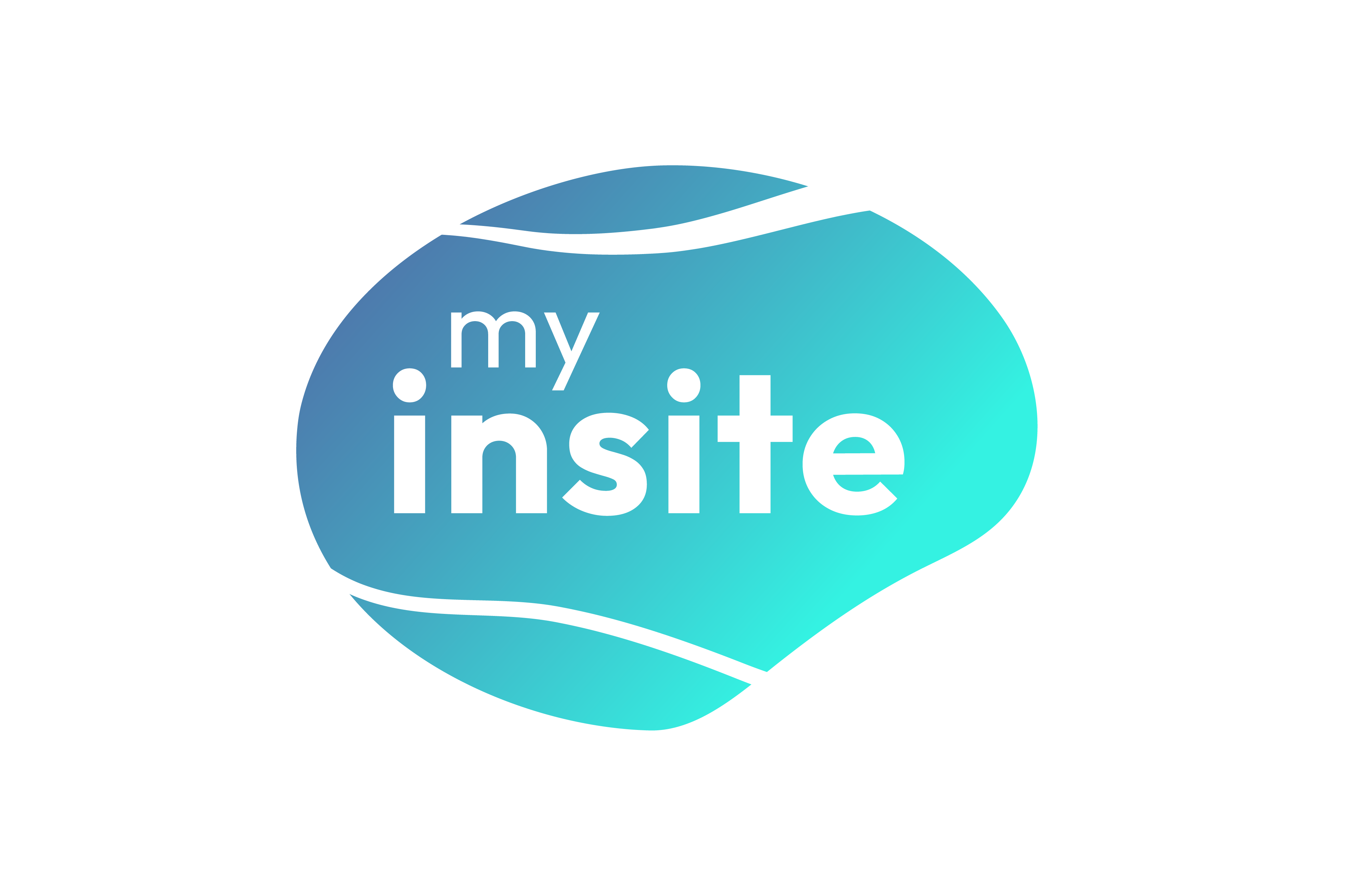
Insite Energy’s view on the latest Heat Network (Metering and Billing) (Amendment) Regulations 2020
17th November 2020Written by: Anthony Coates-Smith, Managing Director at Insite Energy
The Department for Business, Energy & Industrial Strategy (BEIS) have released the updated Heat Network (Metering and Billing) Regulations 2014.
The Heat Network (Metering and Billing) (Amendment) Regulations 2020 encourage fairer billing, incentivise reduced energy consumption, and facilitate improvements in heat network efficiencies. Most notably, heat suppliers will be required to install metering devices where it is cost-effective and technically feasible to do so, as well as to bill individual consumers based on their actual energy consumption.
The updated regulations have come into force on 27th November 2020, but what does it mean for heat suppliers operating across the UK?
At Insite Energy, we are encouraged to see that BEIS has listened to the responses and concerns submitted by stakeholders across the heat network industry. Changes we are particularly pleased to see are:
- the extended implementation timeframe, from a proposed six months to 21 months;
- the inclusion of specific building-types within the building classes;
- the revision to estimated costings, making them more reflective of the real-life examples we provided (such as the cost of metering and billing increasing from £70 to £92, and the cost of meter installation, increasing from £372 to £559); and
- the acceptance that a smaller proportion of properties are expected to ‘pass’ the cost-effectiveness assessment test (from 65% to 14%), making it a more achievable target in the first instance given other market and economic conditions of late.
It is a very positive step for the industry, ensuring higher levels of fairness and customer service to all customers.
Contents
What does the Heat Network (Metering and Billing (Amendment) Regulations 2020 require?
My sites are affected, what must I do?
When must the work be done by?
Next steps & recommendations for heat supplier
Further updates on the regulation changes
What does the Heat Network (Metering and Billing (Amendment) Regulations 2020 require?
BEIS’ review has meant that heat meters, heat cost allocators (HCAs) with hot water meters or other heat metering devices need to be installed in all existing buildings connected to a district heat network or communal heating system by September 2022. This is to reduce the number of unmetered properties, which will consequently ensure individual residents are accurately billed for their actual consumption.
The benefits of installing such devices are expected to achieve financial and environmental benefits for both customers, heat suppliers and society as a whole, not least because the additional level of consumption data from individual heat meters will help heat suppliers to identify and rectify network inefficiency.
It is estimated that when the amendments were announced, 84,000 properties required the installation of heat meters or HCAs under the regulations. An estimated 13,000 properties on heat networks that were metered but not billed based on individuals’ actual heat use. The amendments of the regulations should have led to the retrofitting of up to 97,000 properties.
How will the Heat Network (Metering and Billing (Amendment) Regulations 2020 affect my heat network portfolio?
If you are a heat supplier, you must determine if your heat networks are affected by the regulations, and if so to what extent. BEIS has introduced a building class definitions schedule split into three categories – viable, open and exempt – to help determine the action required.
|
Class |
Customer Metering Devices |
Includes |
|
Viable |
Mandatory |
|
|
Open |
Must be installed unless not cost effective or technically viable |
|
|
Exempt |
Not required |
|
*with exception. See the full Regulations and Impact Assessment for full details.
**Alms-house accommodation defined as any low-cost rental accommodation provided by and belonging to a charity.
My sites are affected, what must I do?
Once you have classified buildings in your estate, you must proceed as follows:
Viable category
You must proceed with the installation of metering devices.
Open category
You must carry out further assessment, utilising the cost-effectiveness assessment model provided by BEIS to determine whether it is both cost effective and technically feasible to install metering devices. It will be deemed cost effective to install if projected energy savings (to all final customers in the building) over 10 years following installation are greater than the estimated cost of installing metering devices in a building, and ongoing metering and billing costs do not exceed a cost of £92/annum per property. Where deemed cost effective, the heat supplier must install the necessary metering.
Exempt category
If the building ‘fails’ the above cost-effectiveness and technical feasibility calculation the building will be classed as exempt. Exempt buildings will also include those specified in the above table that do not require further assessment. For all exempt buildings, the heat supplier may employ alternative methods to determine the charges of heat and hot water supply. Where this happens the heat supplier must repeat the process of assessing feasibility within four years.
When must the work be done by?
BEIS suggests that by November 2021 heat suppliers must complete the initial assessments to determine building classification, and the type of metering devices that must be installed throughout their building portfolios. Then, within the remaining nine months leading up to September 2022, properties must have the metering devices installed along with remote meter reading systems, to facilitate individual billing to residents.
How Insite can help
At Insite we’re revving ourselves up to deliver a full end-to-end solution to ensure heat suppliers can achieve compliance with these new regulations. We are ready to help existing and new clients with these changes.
Services available immediately include support in executing building class categorisations and desktop feasibility assessments, with further on-site technical and cost-effectiveness assessments where required; the installation of metering devices; metering and billing services following installation; and ongoing maintenance services for these devices thereafter.
Existing Insite clients will benefit from our free of charge service to complete building class categorisation across their portfolios, and a free desktop technical and cost-effective feasibility assessment where the building class requires it. To register for this free support service, please email us at regs@insite-energy.co.uk.
If you’re not an existing Insite client, we would still love to help. Please email us at regs@insite-energy.co.uk and one of our helpful experts will be in touch.
To read more:
- Impact Assessment: Heat Network (Metering and Billing) (Amendment) Regulations 2020
- Consultation outcome: Heat Network (Metering and Billing) Regulations 2014: proposed amendments
Next steps & recommendations for heat suppliers:
- Make an early start on assessing the buildings in your portfolio. While BEIS has provided a 12-month period for preparation, the sooner you know the extent to which your estate is affected by the regulations, the longer you have to plan the financial, physical and resource implications of achieving compliance.
- Make use of available (free) support resource to complete early classification assessments, such as that offered by Insite to existing clients.
- Where technical and cost assessments, and remedial installations are required, select only experienced contractors with suitable references. Specifically, check these companies have knowledge of installing heat metering and meter reading solutions. Aim to get it right first time.
- Understand your options. We can talk you through these (e.g. heat cost allocators – not a lot of people understand about these)
- Consider whether further metering and heat network upgrades might be complementary to mandated works (e.g. installation of low-cost pay-as-you-go solutions whilst in the property).
- Ensure clear and effective customer communications across all channels. Customer engagement is key should the retrofitting of meters in homes be necessary.
Further updates on the regulation changes
The Office for Product Safety and Standards (OPSS) is due to release further information, including the amended notification template, the cost-effectiveness assessment tool and user guide from 27th November on their website.


